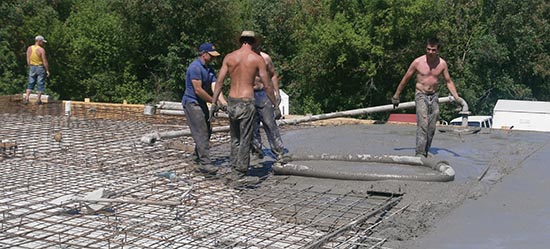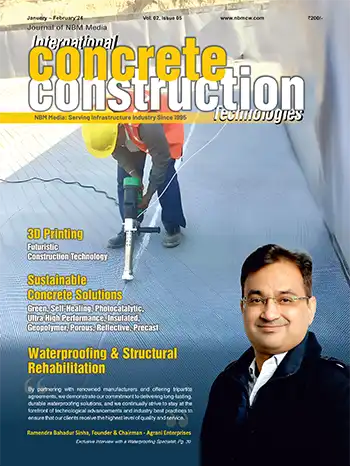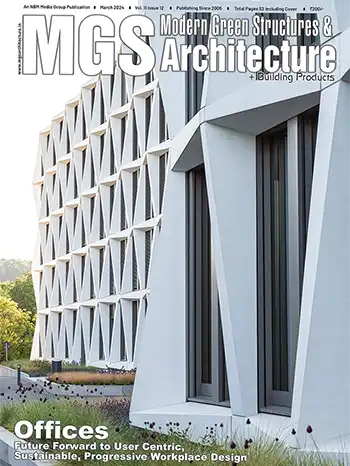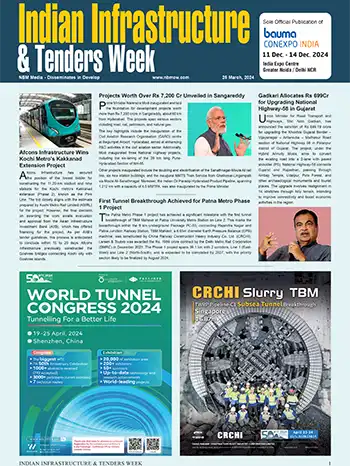Materials and Methods for High Performance Concrete

Sunny Surlaker, MC-Bauchemie India Private Limited, Mumbai
Introduction
High Performance Concrete (HPC) should have at least one property like High strength, High durability, Acid Resistance, Self-compaction, Low permeability to water, Chemicals or other aggressive media, as compared to normal concrete, to qualify as HPC.Material technology has evolved concrete today into an engineered material with several new constituents. The concrete today is tailor made for specific applications and it contains several different materials like PFA, GGBSF, Microsilica, Metakaolin, Colloidal Silica and several other Binders, Fillers and Pozzolanic materials. The development of specifying the concretes as per its performance requirements rather than the constituents and ingredients in concrete has opened innumerable opportunities for producer and user of concrete to design concrete as per specific requirements.
As always, durability would be the prime consideration as most structures cannot be easily replaced or repaired. Depending upon the appropriate selection of exposure classes, specialized specifications for concrete mix designs would need to evolve. The mix designs are getting relatively complex on account of interaction of several materials and calls for expertise in concrete technology. HPC will soon become the norm considering its special properties and low cost maintenance strategies.
High Performance Concrete (HPC)
There are no unified definitions for High Performance Concretes (HPC) and different Institutions and experts in concrete technology defineit differently. The American Concrete Institute defines High Performance Concrete as "Concrete that meets special performance and uniformity requirements that cannot always be obtained by using conventional ingredients, normal mixing procedure and typical curing practices."With the requirements, we place on concrete construction today in terms of durability, speed of construction, strength, long workability, most concretes today qualify as High Performance Concretes (HPC). It should be remembered that HPC is not only a function of the concrete, but is a system composed of the latest generation of materials (OPC, PFA, Aluminosilicates/Microsilica and PCE Admixtures), state-of-the-art mix design practices, use of the latest technology to place and finish it and effective curing. Only when every step of the process above is given due diligence, will the resulting concrete end up as high performance concrete.
Based on the experience of the author and studies worldwide, it is seen and proved that HPC can only be made with the best materials and practices available. General Experience shows that the composition of HPC differs substantially from normal concretes.
This is a premium article available exclusively for our subscribers.
If you are already a subscriber, please Login
If not, subscribe now and get access to well researched articles & reports on infrastructure construction, equipment & machinery, innovations & technology, project reports, case studies, and more. All this by simply paying just ₹200/- for a month of complete portal access, or a discounted rate of ₹1000/- for a full year of access.
NBM&CW October 2012


















